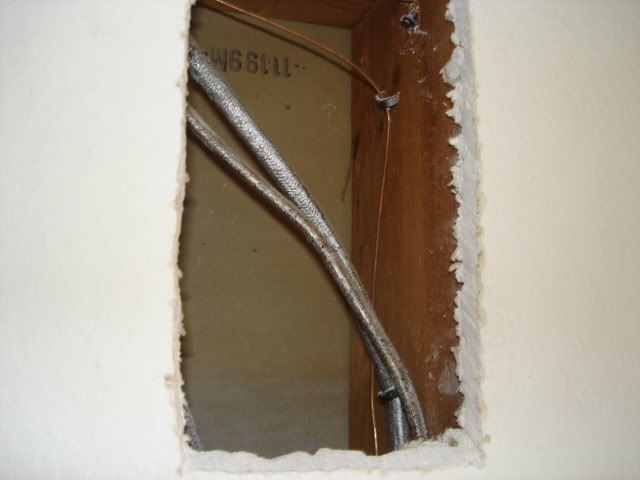growler
Senior Member
- Location
- Atlanta,GA
Riograndeelectric said:Ok so on an old romex system wired with 2 conductors and #16 bare ground wire from the late 1950s and having 2 wire outlets can you legally repalce them with 3 wire grounded outlets even though the grounding conductor is not full size.
I know you can install a GFCI outlet and protect all down stream outlets with 3 wire devices.
The first thing to do when you see this installation is to make sure the system is grounded in the first place. Having three wires at a junction box doesn't mean the service is grounded. If you have a good ground at the service and the wiring is still in good shape there is nothing wrong with useing the old #16 ground wire. It was legal at the time of installation.
Be suspicious when you see two pronged receptacles of the service not being grounded. Even if it was grounded it may not be now.

